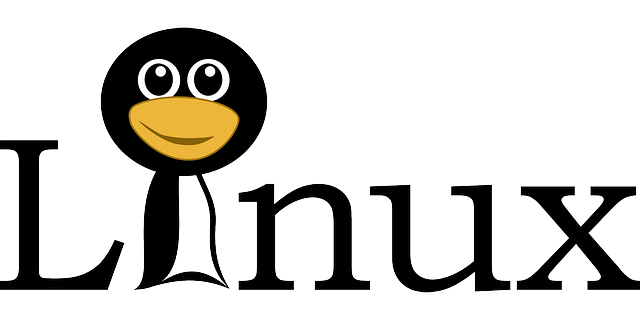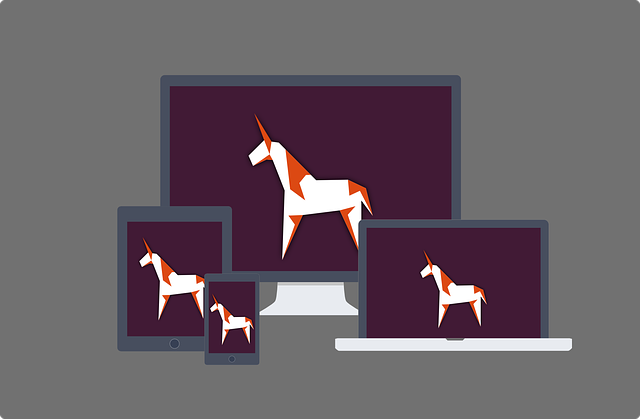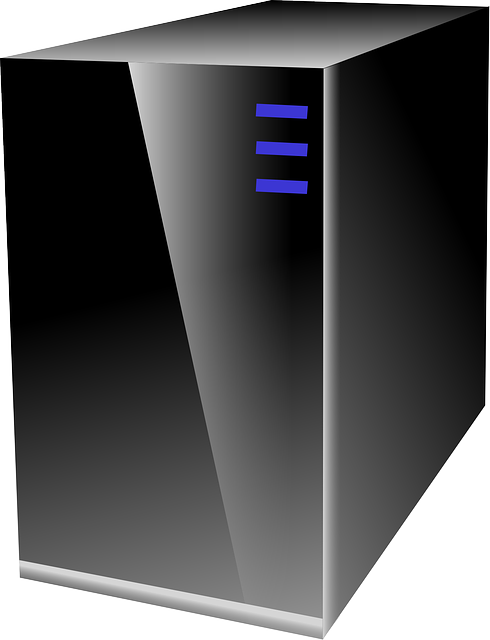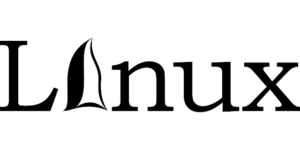Patient Information Systems (PIS) utilizing Linux significantly enhance the security and integrity of sensitive health data within healthcare settings. The open-source nature of Linux offers robustness, stability, and transparency, allowing for customization to individual healthcare facility needs and facilitating extensive documentation that guides system maintenance, updates, and security. This documentation aids healthcare providers in prioritizing patient care without being burdened by complex system management. Linux's community-driven support ensures access to cutting-edge tools and applications tailored for managing patient data securely. The ecosystem promotes continuous improvement with regular updates and patches to defend against cybersecurity threats, ensuring seamless integration with other health information technologies for smooth data exchange. These aspects contribute to improved knowledge sharing among healthcare teams, leading to better patient outcomes. Linux PIS provide a secure, cost-effective alternative to proprietary systems, enabling more funds to be directed towards enhancing patient care. The open-source environment fosters ongoing enhancement of PIS, with improvements in usability, functionality, and interoperability. It also supports the integration of innovative technologies and collaborative community efforts that are essential for modern healthcare IT infrastructure. The section emphasizes the critical role of comprehensive documentation within Linux-based PIS for ensuring patient confidentiality, maintaining data integrity, and adhering to privacy regulations. This documentation guides every step in the data flow process, from initial entry to final storage, and is crucial for troubleshooting and compliance audits. It also highlights the importance of well-documented user permission controls, access logs, and audit trails for security purposes. The guide provided aims to streamline user access and reporting within PIS on Linux by offering clear documentation and serves as a training resource for new staff, ensuring robustness and security against unauthorized access and data breaches. In essence, the guide simplifies user interactions with PIS on Linux, contributing to improved health outcomes by providing accurate and timely information to healthcare providers. Utilizing "Patient Information Systems with Linux" as a key term, this approach underscores the commitment to upholding high standards in patient care and data management within the healthcare industry.
In the realm of healthcare, the secure and efficient management of patient information is paramount. The transition of Patient Information Systems (PIS) to Linux platforms offers a robust solution for enhancing data integrity and facilitating knowledge sharing among healthcare providers. This article delves into the pivotal role of open-source platforms within Linux PIS, emphasizing the importance of extensive documentation to optimize data flows and access. By navigating through best practices in documenting within Linux environments, healthcare organizations can streamline reporting and uphold high standards of patient care. Key insights into leveraging Linux for PIS will equip readers with the knowledge to harness these systems effectively, ensuring a commendable integration of technology in patient data management.
- Leveraging Linux in Patient Information Systems for Enhanced Data Management and Knowledge Sharing
- The Role of Open Source Platforms in Patient Information Systems Under Linux
- Best Practices for Documenting Patient Data Flows within Linux-based Patient Information Systems
- Streamlining Access and Reporting: A Guide to Effective Documentation in Linux Patient Information Systems
Leveraging Linux in Patient Information Systems for Enhanced Data Management and Knowledge Sharing

In healthcare settings, the integrity and security of patient information are paramount. Utilizing Linux within Patient Information Systems (PIS) offers a robust platform for managing sensitive health data. Linux, known for its stability, flexibility, and security features, provides a reliable foundation for PIS. Its open-source nature facilitates extensive documentation and knowledge sharing among healthcare professionals and IT support teams. This means that best practices for maintaining, updating, and securing patient information are well-documented and accessible, ensuring that healthcare providers can focus on delivering care rather than managing systems. The transparency of Linux’s codebase also allows for a higher degree of customization tailored to the specific needs of healthcare facilities, enhancing data management capabilities. By fostering an environment where collaboration is key, Linux-based PIS can be more effectively maintained, leading to improved data integrity and smoother knowledge sharing across multidisciplinary teams.
The adoption of Linux in Patient Information Systems also brings with it the advantage of community-driven innovation and support. The vast repository of open-source software available for Linux means that healthcare organizations can integrate cutting-edge tools and applications specifically designed to handle the complexities of patient data management. This ecosystem promotes continuous improvement, as updates and patches are shared promptly within the community, ensuring that systems remain up-to-date against evolving cyber threats. The openness of Linux also simplifies the process of integrating with other health information technologies, enabling seamless data exchange and a more cohesive patient data management strategy across various platforms, ultimately leading to enhanced knowledge sharing and better patient outcomes.
The Role of Open Source Platforms in Patient Information Systems Under Linux

Patient Information Systems (PIS) under Linux have evolved significantly, leveraging the robustness and security inherent in open-source platforms. The Linux operating system, with its transparent codebase and community-driven development model, has proven to be an ideal environment for healthcare information systems that require strict data integrity and privacy measures. Open source platforms facilitate a collaborative ecosystem where developers from diverse backgrounds contribute to the advancement of these systems. This collective effort ensures continuous improvement in terms of usability, functionality, and interoperability with other healthcare services. Moreover, the use of open-source software in PIS under Linux allows for greater customization and scalability, accommodating the specific needs of different healthcare providers. The transparency of open-source code also enables healthcare professionals to have a better understanding of how their data is managed and processed, fostering trust and confidence in these systems.
The integration of open-source platforms within PIS under Linux not only enhances the security posture but also reduces the total cost of ownership for healthcare organizations. By adopting open-source solutions, these institutions can avoid vendor lock-in and proprietary costs, which are often associated with commercial off-the-shelf software. This financial flexibility allows for reinvestment into critical areas such as patient care and technological innovation within the healthcare sector. Additionally, the open-source nature of these systems encourages knowledge sharing and collaboration among healthcare providers, leading to a more informed and efficient healthcare system. The seamless operation of PIS under Linux on open-source platforms underscores their viability and importance in modern healthcare IT infrastructure, contributing to the advancement of patient care through the integration of cutting-edge technology and community-driven innovation.
Best Practices for Documenting Patient Data Flows within Linux-based Patient Information Systems

In the healthcare sector, the secure and efficient documentation of patient data flows is paramount to maintaining patient confidentiality and ensuring the integrity of medical records. Linux-based Patient Information Systems (PIS) have become a preferred choice for many organizations due to their robust security features and high customizability. To optimize these systems for effective knowledge sharing, it is essential to adhere to best practices in documentation. Firstly, establishing clear protocols for data collection, processing, and storage is crucial. These protocols should be detailed within the system’s documentation, outlining the flow of patient information from initial data entry through to its final storage and retrieval. Utilizing Linux’s strong user permission controls, access logs, and audit trails can enhance the security of these flows, which should be thoroughly documented to provide a transparent record of data handling.
Furthermore, maintaining comprehensive documentation that maps out each step in the data flow process is vital for troubleshooting and compliance audits. This includes detailed scripts, commands, and workflows used within the Linux environment. Automation scripts, if employed, should be well-documented with comments explaining their purpose, inputs, outputs, and any assumptions made during their creation. Additionally, documenting interfaces with external systems, such as electronic health records or laboratory information systems, is essential to ensure seamless data exchange. By adopting a systematic approach to documentation within Linux-based PIS, healthcare providers can enhance patient care through better information management and meet the stringent requirements of data governance and privacy regulations.
Streamlining Access and Reporting: A Guide to Effective Documentation in Linux Patient Information Systems

In healthcare settings, the integrity and accessibility of patient information are paramount for delivering quality care. Patient Information Systems (PIS) running on Linux platforms play a crucial role in managing and storing sensitive health data. To ensure that these systems function optimally, extensive documentation is essential for knowledge sharing among healthcare providers, IT support staff, and system developers. This guide aims to streamline access and reporting within PIS with Linux by providing clear and concise documentation. It outlines the procedures for user authentication, data entry, querying patient records, and generating reports. By adhering to a standardized documentation format, healthcare professionals can efficiently navigate the system, thereby enhancing patient care delivery. The guide also emphasizes the importance of regular updates and maintenance logs, which are critical for troubleshooting and system improvements, ensuring that the PIS remains robust and secure against unauthorized access and data breaches.
Effective documentation not only supports users in their daily operations but also serves as a valuable training tool for new staff members. It captures the nuances of system interactions and workflows within the healthcare environment. By incorporating multimedia elements such as screenshots, videos, and step-by-step guides, the guide facilitates a more intuitive understanding of the Linux PIS. This comprehensive approach to documentation underscores the commitment to maintaining high standards in patient care and data management, ensuring that healthcare providers can rely on these systems for accurate and timely information, ultimately leading to better health outcomes for patients.
In conclusion, the integration of Linux within Patient Information Systems (PIS) has proven to be a pivotal advancement in the realm of healthcare data management and knowledge sharing. The adoption of open source platforms under Linux not only bolsters system security and interoperability but also fosters a collaborative environment where best practices for documenting patient data flows are paramount. This article has outlined essential strategies for creating comprehensive documentation, which is critical for streamlining access and reporting within Linux-based PIS. By adhering to these guidelines, healthcare providers can ensure that their systems not only meet but exceed the standards for effective information sharing, thereby enhancing patient care and promoting a more transparent and efficient healthcare ecosystem. Implementing robust documentation practices under Linux is not just a step towards better data management—it is an investment in the future of patient-centered care.


























